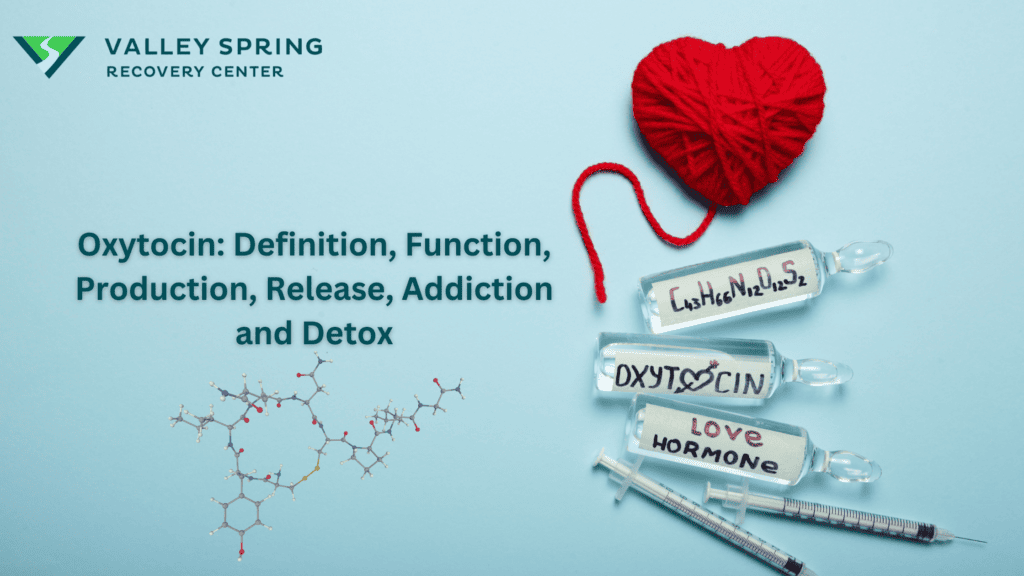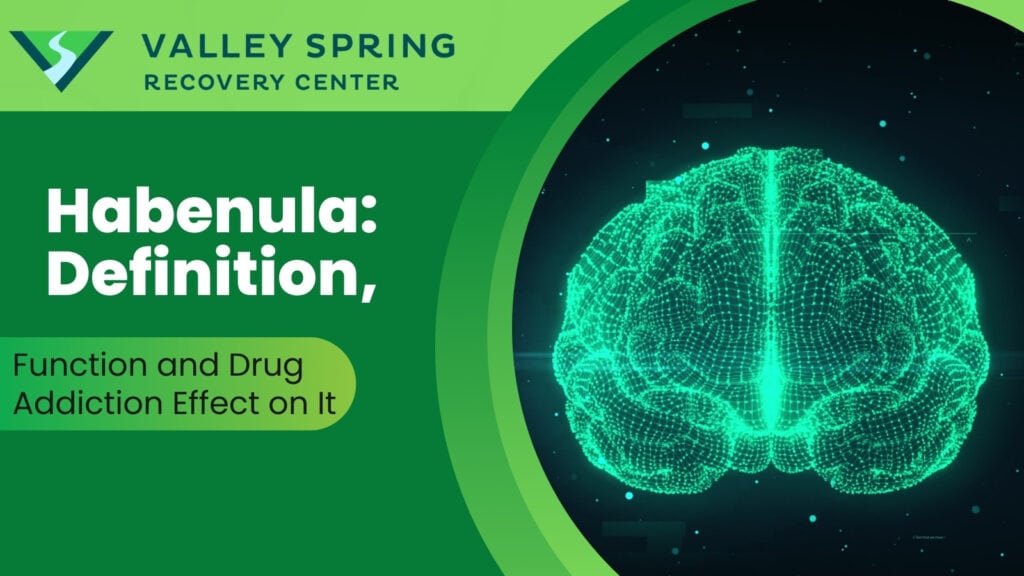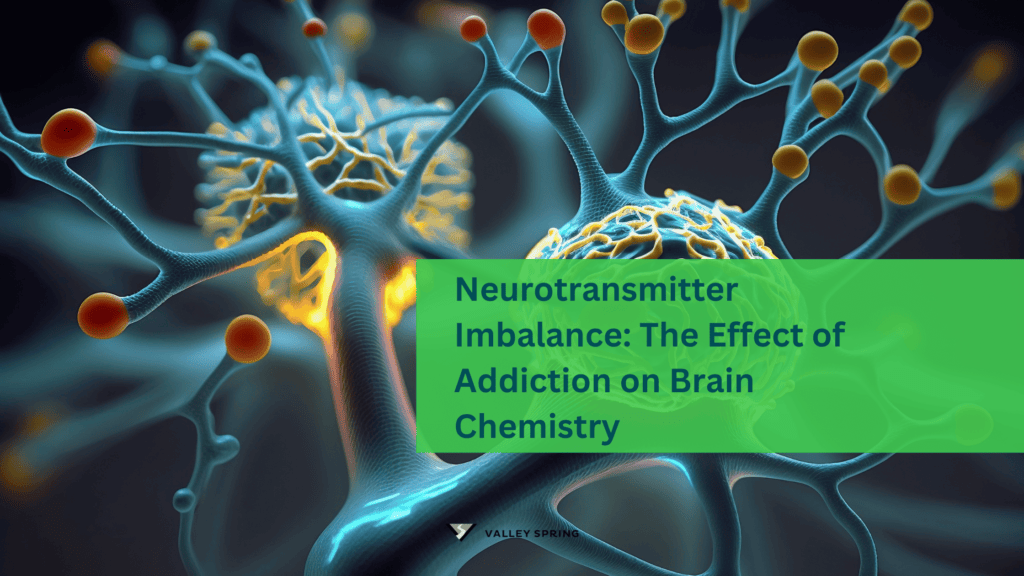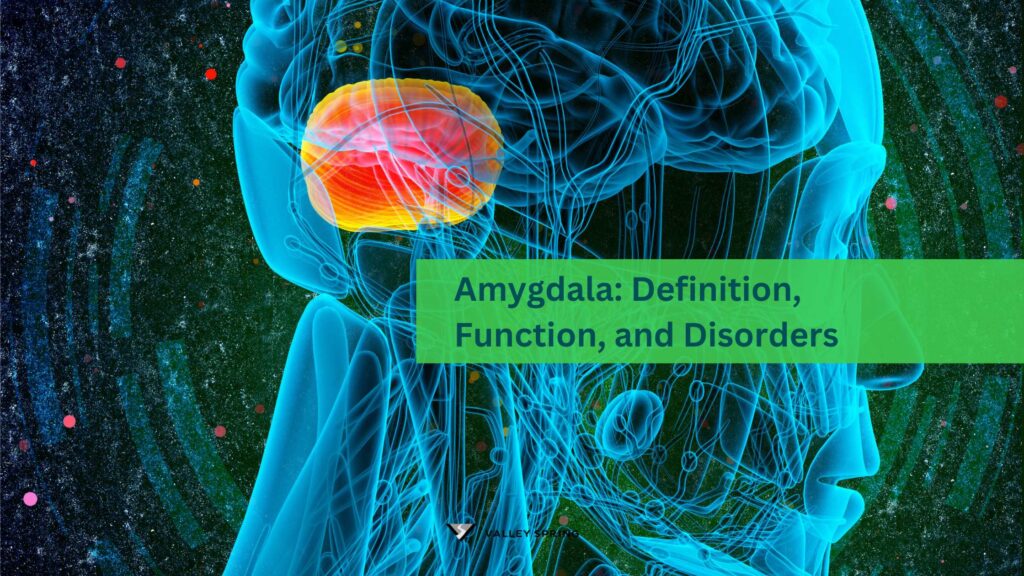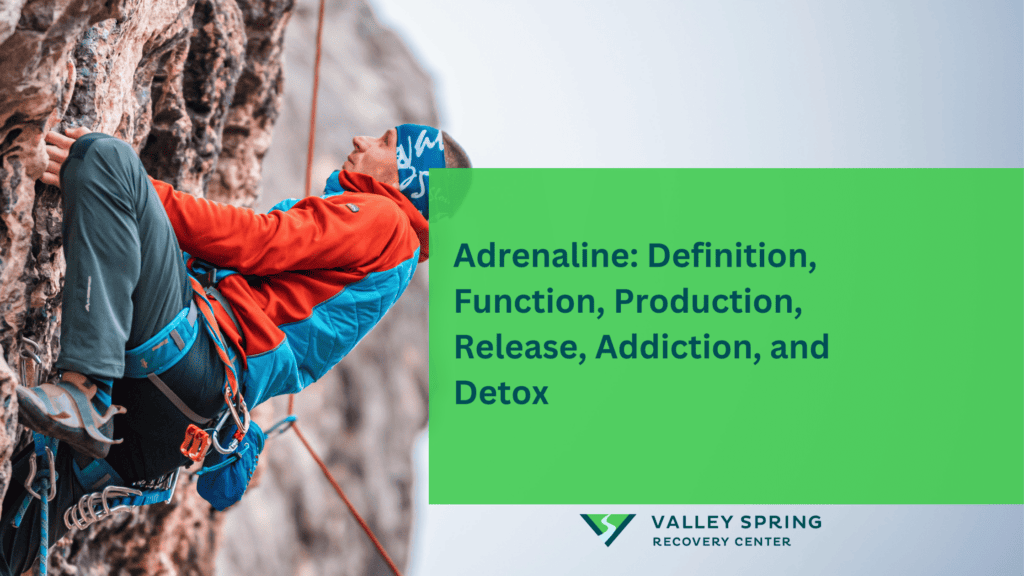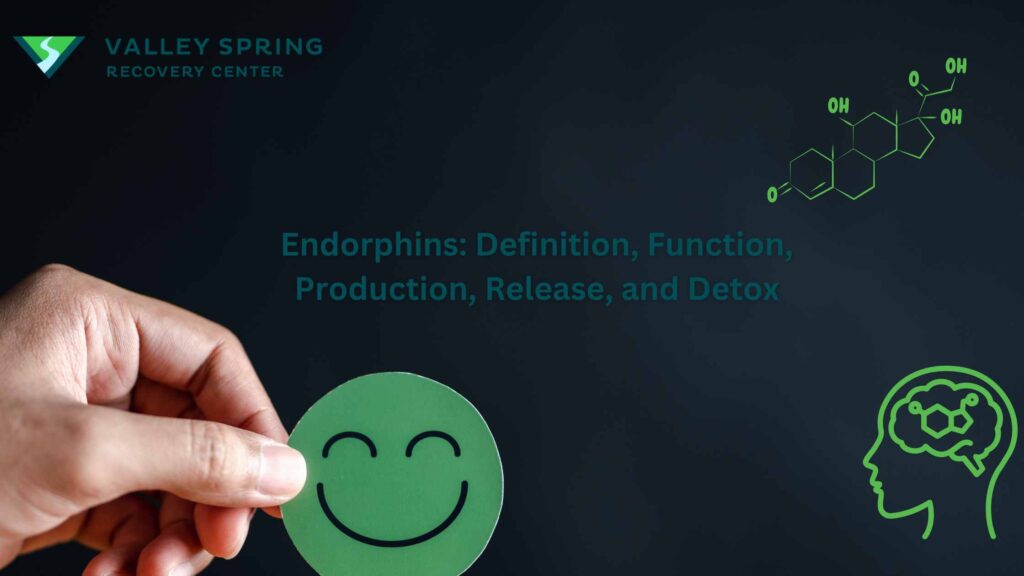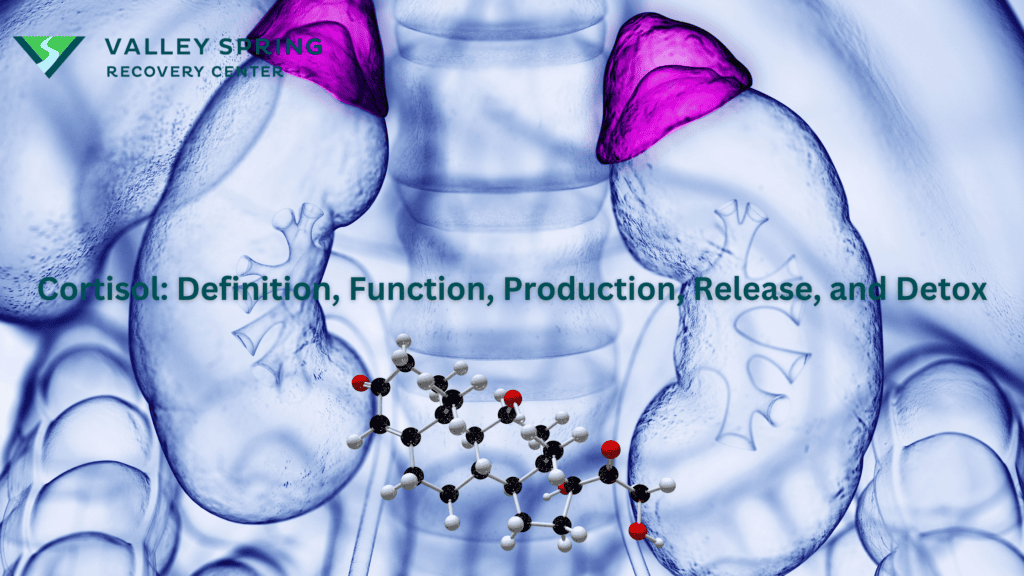Oxytocin, often hailed as the “bonding” or “love” hormone, is a peptide neurotransmitter integral to reproduction and social interactions. This hormone is pivotal in various physiological processes, including childbirth, breastfeeding, and the deepening of social bonds.
- Childbirth and Lactation: Oxytocin triggers rhythmic contractions of the uterus during labor, facilitating childbirth. It also plays a crucial role in lactation, aiding in the production of milk from the mammary glands.
- Social Bonds and Interactions: Beyond its physiological roles, oxytocin is deeply involved in human connections, influencing feelings of love, trust, and empathy during interactions such as hugging, kissing, and even during stressful situations.
- Production and Release Mechanisms: Produced in the hypothalamus and stored in the posterior pituitary gland, oxytocin is released in response to a variety of social stimuli, including sexual activity, childbirth, breastfeeding, physical touch, and even during certain stress responses.
- Impact on Addictive Behaviors: Low levels of oxytocin have been linked to addictive behaviors, such as eating disorders and substance abuse, which may disrupt the natural production and release of oxytocin.
- Role in Addiction Treatment: Oxytocin contributes positively to the treatment of addiction by mitigating the rewarding effects of addictive substances and managing stress associated with drug-seeking behaviors, thus supporting the detox and rehabilitation process.
Understanding the multifaceted role of oxytocin underscores its significance in human physiology and psychology, from fostering maternal behaviors to enhancing the quality of social relationships, and even its potential therapeutic applications in treating addiction.
What is oxytocin?
Oxytocin is a hormone and neurotransmitter secreted by the hypothalamus. It is often called the “love hormone” or “bonding hormone,” because it is normally released in response to social interactions, physical touch, lovemaking, during childbirth, and breastfeeding and is released in several ways. Oxytocin is a peptide consisting of nine amino acids in a ring. It has six amino acids with cysteine bonds holding the acid ring together and featuring a tail with three amino acids.
Oxytocin carries the potential to contribute to addictive behavior but also holds the promise of combating substance-induced stress and drug-seeking behavior;
a)Inadequate levels of oxytocin can lead to addictive behaviors.
b)Oxytocin helps to manage addiction-related stress by reducing the activity of the hypothalamic-pituitary-adrenal (HPA) axis, which regulates the body’s reaction to stress [Takayanagi, Y. et al,2022].
What is The Role of Oxytocin in Addiction?
Substance abuse can interfere with the production and function of oxytocin in several ways. Chronic drug use can disrupt the normal functioning of the hypothalamus and alter the synthesis and release of oxytocin. For example, drugs such as alcohol, opioids, and stimulants can impair the activity of oxytocin-producing neurons or interfere with the release of oxytocin from nerve terminals [Lee, M. R., et al 2016].
Additionally, substance abuse can disrupt the normal social and bonding experiences that stimulate oxytocin release. Individuals struggling with addiction may experience strained relationships, social isolation, and a lack of emotional support, all of which can contribute to decreased oxytocin levels. This disruption in oxytocin signaling can further exacerbate the negative effects of substance abuse on social functioning, emotional regulation, and mental health.
Oxytocin levels have an impact on addiction and addiction recovery in the following ways.
- Self-soothing behaviors: Oxytocin is released in the brain due to sensory stimuli such as social interactions, eating, or sex. These activities help in promoting general well-being and a coping mechanism for stress. As a result, this makes oxytocin open to abuse for people who want to achieve oxytocin-related self-soothing behaviors in search of stress relief, and well-being by eating or engaging in sex for them to compensate for their lack of strong relationships or to cope with anxiety due to their low oxytocin levels [Uvnäs-Moberg, K., et al 2014].
- Social bonding, and interactions: Oxytocin enhances social interactions and promotes feelings of trust and empathy, which are essential for building and maintaining relationships. In the context of addiction, individuals may seek drugs or engage in addictive behaviors to compensate for deficits in social connections or to enhance social experiences artificially. This suggests that disruptions in social bonding mechanisms, possibly involving oxytocin, could contribute to the vulnerability to addiction.
- Mitigates Withdrawal Symptoms: Higher oxytocin levels can ease withdrawal symptoms, making the recovery process more manageable.
- Curbs Cravings: Preliminary studies suggest oxytocin may reduce cravings for drugs and alcohol, supporting individuals in their journey to sobriety.
- Improves Treatment Outcomes: Oxytocin’s role in enhancing social connections and emotional well-being might contribute to more effective addiction treatment and recovery efforts.
What are The Core Functions of Oxytocin?
Oxytocin has two primary functions: stimulating the uterus to contract during labor and childbirth, and triggering the contraction of breast tissue during breastfeeding. During childbirth, oxytocin is released by the hypothalamus causing the uterus to contract rhythmically, thereby aiding in the progression of labor and eventual delivery of the baby. After childbirth, it promotes milk ejection from the mammary glands, facilitating breastfeeding.
Apart from these two main functions, oxytocin has other secondary functions such as enhancing social bonding and attachment. Oxytocin improves trust, empathy, and social interaction by modulating neural circuits involved in emotional processing and reward. Increased levels of oxytocin are associated with feelings of closeness and intimacy in relationships.
Additionally, oxytocin has been linked to stress reduction and relaxation. The neurotransmitter counteracts the effects of cortisol, a stress hormone, by promoting feelings of calmness and reducing anxiety. According to a 2018 study by Torres-Berrio, A. et all titled Interaction Between Stress and Addiction: Contributions From Latin-American Neuroscience, Stress is a well-known risk factor for substance addiction. By counteracting the effects of cortisol and exerting its effects on the HPA, oxytocin has been shown to help in managing substance-induced stress as well as other drug-seeking behaviors, [Love, T. M. 2018].
What is The Role of Oxytocin During Detox and Rehabilitation?
Oxytocin has been shown to control the rewarding effects of drugs. A 2021 study by Sundar, M. et al titled Oxytocin and Addiction: Potential Glutamatergic Mechanisms published in the International Journal of Molecular Sciences, indicates that oxytocin controls drug-induced dopamine release in key brain regions associated with reward processing. This has the effect of managing the rewarding effects of addictive substances. By dampening the euphoric effects of drugs, oxytocin helps in the detox, and rehabilitation process by regulating by minimizing drug-seeking and drug-induced behavior.
Oxytocin has been found to mitigate stress responses, which are intricately linked with addiction. Substance abuse often stems from attempts to cope with stressors, and chronic drug use can dysregulate stress pathways in the brain. The neurotransmitter’s ability to reduce stress reactivity and promote relaxation makes oxytocin administration a viable treatment option to help individuals undergoing addiction treatment manage triggers and cravings more effectively.
Oxytocin fosters prosocial behaviors and interpersonal connections, which are integral to recovery support systems. Addicts often struggle with social isolation and damaged relationships, which can perpetuate addictive cycles. Oxytocin administration during rehabilitation has been shown to enhance trust, empathy, and social bonding, thereby facilitating therapeutic alliances with healthcare providers and strengthening relationships with family and peers. These social connections provide crucial emotional support and encouragement throughout the recovery process.
In addiction rehabilitation and detoxification settings, oxytocin supplementation or augmentation strategies may hold promise as adjunctive treatments. However, it’s essential to recognize that oxytocin’s effects can vary depending on individual differences, including genetics, psychological factors, and environmental influences.
In a 2018 study by Plessow, F. et al, titled The Neuropeptide Hormone Oxytocin in Eating Disorders, researchers found that oxytocin administration controls food intake by exerting its effects on reward processing, homeostatic pathways, and cognitive control. The study also found that oxytocin helps in managing the negative effects of stress which is linked to eating disorders and other addictive behaviors. This shows that oxytocin is a handy therapeutic approach for treating addictive behaviors.
Stress plays a significant factor in addictive behavior as it triggers drug cravings and relapse. Oxytocin has been found to reduce stress responses, suggesting a potential role in stress regulation within the context of addiction. Individuals experiencing high levels of stress may be more susceptible to addiction, and oxytocin could play a protective role by mitigating stress-induced cravings and promoting resilience.
A 2022 study by Takayanagi, Y, et al titled Roles of Oxytocin in Stress Responses shows that oxytocin in the amygdala region of the brain facilitates the recognition of emotions, and controls stress-coping behavior. In addition, oxytocin is known to reduce fear and anxiety by reducing the activity of the amygdala.
Can natural methods of increasing oxytocin levels help in addiction recovery?
Activities that naturally increase oxytocin levels, such as physical touch, social interaction, and certain exercises, may support addiction recovery by promoting positive emotional states and social bonding. However, these should complement, not replace, professional treatment strategies.
Does oxytocin impact all types of addiction similarly?
The impact of oxytocin on different types of addiction may vary depending on the substance or behavior involved and the individual’s biological and psychological makeup. Studies have shown promising results in reducing cravings for certain substances, but the effects may not be universal across all addictions.
How is oxytocin different from dopamines role in addiction?
Oxytocin, often called the “bonding hormone,” plays a contrasting role to dopamine in addiction. While dopamine fuels addiction by enhancing pleasure from substances, oxytocin can help mitigate addiction behaviors by promoting social bonding and reducing stress, potentially easing the path to recovery.
How is Oxytocin Produced?
Oxytocin is primarily produced in the hypothalamus and packed away in the posterior pituitary gland. Its production involves a complex process that begins with synthesizing oxytocin mRNA in the cell body of neurons in the hypothalamus. This mRNA is then transported to the nerve terminals in the posterior pituitary gland, where it is translated into oxytocin peptide. The peptide is stored in vesicles within the nerve terminals until it is released into the bloodstream or specific brain regions in response to various stimuli.
The release of oxytocin occurs in response to social stimuli such as physical touch, childbirth, breastfeeding, and other bonding experiences. These social cues trigger neurons in the hypothalamus of the brain to release oxytocin into the bloodstream.
Once released, oxytocin binds to oxytocin receptors located throughout the body, including in the brain, uterus, and mammary glands. This binding triggers a cascade of physiological responses such as uterine contractions during labor, milk ejection during breastfeeding, and the modulation of social behaviors such as trust, empathy, and bonding.
When is Oxytocin Released?
Oxytocin is released in response to stimulation of sensory nerves such as during sexual activity, labor and childbirth, and breastfeeding. It is also released when there is physical touch such as when kissing or stroking and in response to stress.
Childbirth and breastfeeding: During labor, oxytocin is released to stimulate uterine contractions, aiding in the progression of labor. After childbirth, oxytocin continues to be released, facilitating the let-down reflex, which enables milk to flow from the breasts during breastfeeding. This process strengthens the maternal bond between mother and child.
Social bonding: When individuals engage in positive social interactions such as hugging, kissing, or even meaningful conversations, oxytocin levels tend to increase. This release promotes feelings of trust, empathy, and connection between individuals.
Physical touch: Skin-to-skin contact, such as cuddling, holding hands, or massage, stimulates the release of oxytocin. This hormone promotes feelings of warmth, security, and intimacy, fostering emotional bonds between individuals. Furthermore, oxytocin release can occur during sexual activity, enhancing feelings of pleasure and intimacy between partners.
Stress: During stressful situations, oxytocin levels may rise to help regulate the body’s response to stress, promoting resilience and reducing anxiety. However, chronic stress may disrupt oxytocin release, leading to potential negative effects on social bonding and emotional well-being.
How does oxytocin influence the brain’s reward system in the context of addiction?
Oxytocin interacts with the brain’s reward pathways, which are crucial in the development of addiction. It can alter the perception of reward associated with addictive substances, potentially reducing cravings and the reinforcing effects of drugs.
How Are Oxytocin and Endorphins different?
Oxytocin and endorphins are both important chemicals in the body, but they are not the same thing. Oxytocin is a hormone and a neurotransmitter that plays a key role in social bonding, childbirth, and the period after childbirth, enhancing feelings of love and trust. Endorphins, on the other hand, are neurotransmitters produced in the brain that help reduce pain and boost pleasure, resulting in feelings of well-being. Both oxytocin and endorphins can contribute to a sense of happiness and attachment, but they operate through different mechanisms and are involved in different aspects of human behavior and physiology.
Dr. Michael Olla
All author postsShare This Post

